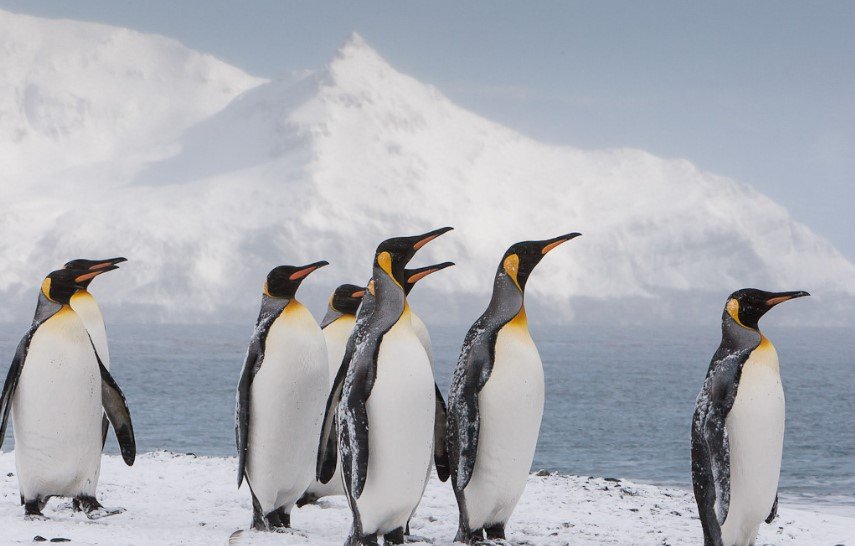A trillion-ton iceberg, described as the world’s largest, is slowly drifting toward South Georgia Island. The colossal slab of ice could potentially disrupt the lives of millions of penguins and seals that call the ecologically rich island home.
Decades Adrift: The Story of Iceberg A23a
The iceberg, known as A23a, has been on a remarkable journey since breaking off the Antarctic Filchner Ice Shelf in 1986. After decades of remaining stationary in Antarctic waters, it started moving again in 2023. Satellite tracking by NOAA now shows it inching closer to South Georgia Island at a pace of less than 1 mph.
British Antarctic Survey physical oceanographer Andrew Meijers described the iceberg as an awe-inspiring yet daunting natural phenomenon. “It stretches from horizon to horizon—a Game of Thrones-style wall of ice towering above ships,” he said, reflecting on his close encounter with A23a during a 2023 research expedition.
Despite its slow progress, the iceberg’s potential to lodge near the island could have serious consequences.
The Threat to Penguins and Seals
South Georgia Island, an ecological haven, is home to millions of penguins and seals. The island’s unique biodiversity makes it a critical breeding ground for these species, particularly during this time of year when adults are busy raising chicks and pups.

The concern lies in the iceberg’s ability to block critical pathways to the animals’ primary food sources. Penguins and seals rely on relatively short swims to feed, conserving energy to bring sustenance back to their young. A23a’s presence could force them to travel much farther, depleting their energy reserves and leaving less food for their offspring.
Meijers warned that this disruption could result in higher mortality rates among penguin chicks and seal pups. “The iceberg’s presence could create a bottleneck in the ecosystem, threatening the survival of the island’s youngest inhabitants,” he said.
Climate Change and Iceberg Calving
While the calving of icebergs is a natural process, scientists are paying close attention to how climate change might be influencing these events.
A23a’s size and longevity are unusual, but its story isn’t entirely unique. Recent studies suggest that smaller calving events—while less dramatic than A23a’s separation—are becoming more frequent. These smaller icebergs are significant contributors to the loss of Antarctic ice.
Chris Dolce, senior meteorologist at weather.com, highlighted the complex relationship between climate change and iceberg calving. “A recent study found that the calving of extremely large icebergs like A23a hasn’t increased due to climate change. However, smaller calving events have become more common, playing a greater role in Antarctic ice loss,” Dolce explained.
A Race Against Time
While experts believe A23a may get stuck again before reaching South Georgia Island, the possibility of its arrival remains a pressing concern. For now, scientists are closely monitoring the iceberg’s path and studying its potential impact on the fragile ecosystem of South Georgia.
This slow-moving megaburg serves as a stark reminder of the delicate balance between natural processes and human-influenced changes to the planet. Whether or not it reaches the island, A23a has captured global attention as a symbol of the challenges facing Earth’s polar regions and the species that depend on them.
